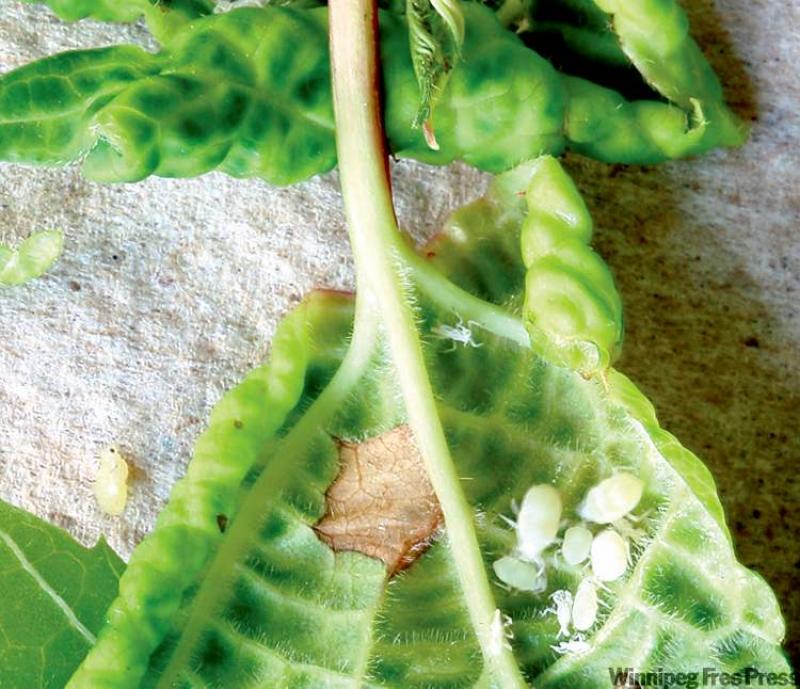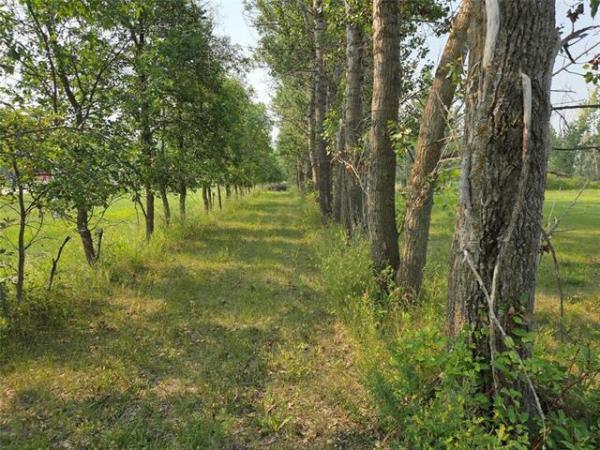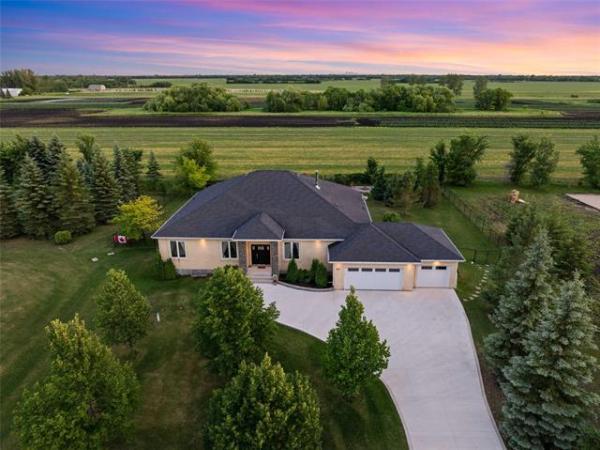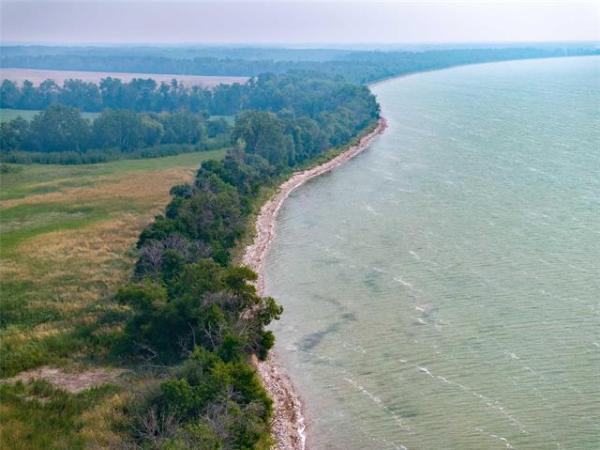QUESTION: What five trees would you never plant in city private yards?
ANSWER: I would never plant any variety of poplar or willow on a typical city lot. Schubert chokecherry trees are dying from black knot disease, for which there is no cure. I am not a fan of Siberian elms, mostly because of the excessive numbers of seeds they produce each spring. The beautiful European mountain ash is having a problem with coping with fire blight disease. The disease has been very aggressive this year and many trees need removal. I would not plant this tree.
QUESTION: Every spring, the underside of the leaves of my Siberian variegated dogwood shrubs become a haven for thousands of aphids. They seem to make the leaves curl, making it impossible to get at them. What can I do?
ANSWER: Without doubt, aphids seem to favour this variety of dogwood. I suggest you get a Bug Blaster, which I know is available from Lee Valley Tools store. If you have Internet access, you can look it up online.
There's a slight angle to the long tube that connects with your water hose. This tube allows one to reach underneath the leaves of shrubs. It looks like a golf club. It works very well by spraying a 360-degree stream of water which, when directed to the underside of the leaves, will knock of the immature aphid nymphs. These nymphs cannot fly so they fall to the ground and stay there until they die. Nymphs cannot crawl up the stems to find the leaves.
It's very important to do the spraying as soon as the leaves start to emerge from the winter buds. Continue to spray each week faithfully at least until the end of June. Keep checking for aphid activity.
QUESTION: My Amur maple looks sick. The leaves are turning yellow and the branches have been dying. What can I do?
ANSWER: Amur maple is another tree I would never plant. It would prefer to grow in slightly acidic soils, not in our alkaline clay loams -- at least in the Red River Valley.
Yellow leaves with green veins are a sure sign of nitrogen and iron deficiency in the soil.
At one time, 20 or so years ago, the Amur maples did not have the same problems as they do today. Successive production of the Amur maple clone appears to have weakened its ability to thrive successfully on our soils. Even very young trees have problems.
Prune out the dead twigs and branches and fertilize the tree next spring with a mixture of nitrogen-based fertilizer, such as 24-8-12 (2 Tbsp) and add iron chelate (2 Tsp) powder in a pail of water. Fertilize in mid-May and fertilize again in mid-June.
I would remove all of the grass from under the branches and cover the soil with fine wood-chip mulch to a depth of 5 to 7.5 centimetres. Spread one pail of this fertilizer solution very slowly over two square feet of the wood-chip area. If, for example, you have an area of 12 square feet, then you would need six pails of the solution. The fertilizing program will need to be repeated next year and the year after, at least.
Michael Allen is a consulting urban forester and certified ISA arborist and owner of Viburnum Tree Experts. He makes house and garden visits to assess tree and shrub problems. He can be contacted by calling 831-6503 or by email at viburnumtrees@shaw.ca. You can also mail questions to Michael Allen, c/o Newsroom, Winnipeg Free Press, 1355 Mountain Ave., Winnipeg, MB, R2X 3B6. His website is www.treeexperts.mb.ca




